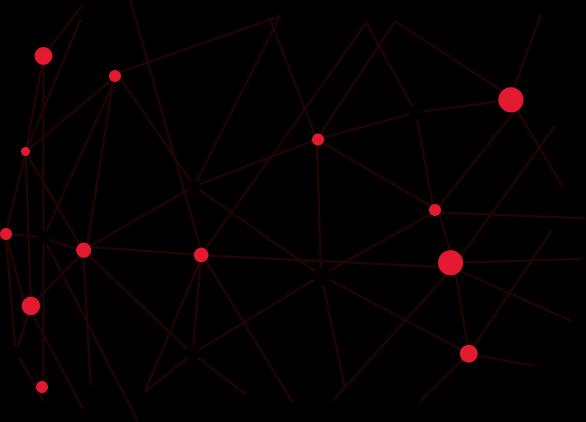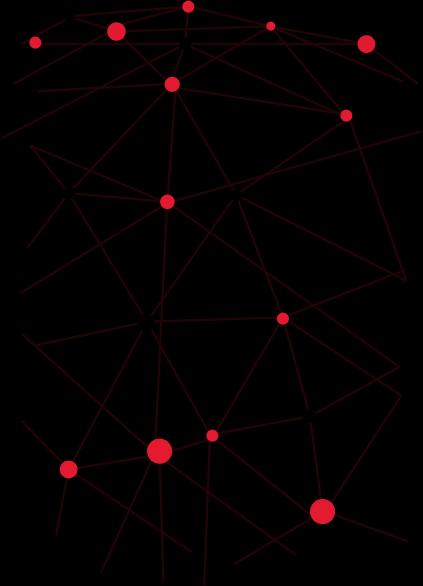
What is SCORM? Understanding the SCORM Standard in E-learning
In the field of E-learning, SCORM (Sharable Content Object Reference Model) has become an important and widely used standard that helps manage and distribute digital learning content across multiple Learning Management System (LMS) platforms. This article from Tokyo Tech Lab will provide you with a comprehensive overview of SCORM, from its basic concept to how it works and its future development trends, in the context of the growing field of online education.
I. What is SCORM?
SCORM (Sharable Content Object Reference Model) is an international technical standard used in online education to standardize the way E-learning content interacts with Learning Management Systems (LMS). The main goal of SCORM is to ensure compatibility and the ability to share learning content between different LMS platforms, making it easier for online courses to be used and managed across multiple systems without facing technical issues.

SCORM was developed by the Advanced Distributed Learning (ADL) organization, part of the U.S. Department of Defense, in the early 2000s. With SCORM, businesses and educational institutions can standardize the content development process, helping reduce costs and increase flexibility in the implementation of online training programs.
II. How does SCORM work?
SCORM works by packaging learning content into sharable objects (Sharable Content Objects). Each object contains data about the content and how it interacts with the LMS. This packaging process includes three main components:

1. Content Packaging
SCORM specifies how to package learning content into a set of structured files, called a SCORM Package. This file is usually in .zip format, containing all necessary materials such as online lectures, learning videos, quizzes, and other interactive components. Each SCORM package can contain multiple Sharable Content Objects (SCO) – small learning objects that can be used independently or combined in a course.
Inside the SCORM package is a file called the manifest file (imsmanifest.xml). This file is crucial because it contains information about the structure of the content, helping the LMS understand how to display and manage lessons. Additionally, the manifest contains metadata – descriptive information about the course such as the title, keywords, and estimated study time, making content management easier for the system.
2. Runtime Environment
SCORM’s runtime environment is where the interaction between the learner and the learning content takes place. SCORM uses a JavaScript API to transmit data between the LMS and SCORM content. The key information that the LMS collects from the learner includes:
- Learning progress: The LMS tracks how much of the course the learner has completed.
- Scores: The LMS records the learner's score after completing quizzes or learning activities.
- Learning time: The system tracks how much time the learner spends on the course, helping assess engagement and learning effectiveness.
This process happens in real-time, and data is continuously updated as the learner interacts with the course.
3. Sequencing and Navigation
SCORM provides rules for sequencing content to ensure learners go through parts of the course in the predetermined order. These rules guide learners, ensuring they don’t skip important sections and help course administrators control how learners access each piece of content.
III. Benefits of using SCORM in E-learning
The SCORM format brings many important benefits to both E-learning content developers and users of Learning Management Systems (LMS). Below are some standout benefits of SCORM:
- High compatibility: SCORM ensures that courses built to this standard can run on almost any LMS that supports SCORM. This flexibility allows users to switch between LMS platforms without worrying about data loss or having to adjust the content.

-
Reusability: E-learning content developed according to the SCORM standard can be reused in different courses or on different systems. This saves organizations both time and money when developing new courses.
-
Easily track learning progress: SCORM allows LMS systems to closely track users' learning progress, including course completion times, scores, and activities within lessons. This enables teachers or administrators to easily assess and manage learners' progress, ensuring course optimization based on actual data.

-
Cost savings in content development: Thanks to content reusability and compatibility with many platforms, SCORM significantly reduces the cost of developing learning content for educational institutions and businesses.
-
Easy management: SCORM provides tools and standards for managing E-learning content, making it easier to distribute, update, and maintain courses.
-
Flexibility in deployment: SCORM allows developers to create courses that can be deployed on various systems and easily share content across different learning platforms.

-
Standardized process: SCORM establishes clear guidelines and rules, helping the development and deployment of E-learning content to be carried out in a more unified and professional manner.
Thanks to these benefits, SCORM has become a popular standard in the E-learning field, helping organizations, businesses, and educators build and deploy online courses more efficiently
IV. Current SCORM Versions
SCORM has gone through several versions, with each version bringing significant improvements and additions to enhance compatibility and effectiveness in deploying online learning content. Below are the key versions of the SCORM standard today:
1. SCORM 1.1
SCORM 1.1 was the first version of SCORM, released in 2001. However, due to many limitations in its implementation, SCORM 1.1 did not gain widespread popularity in the E-learning community. Issues with compatibility with Learning Management Systems (LMS) and an unoptimized structure meant this version was not used for long. SCORM 1.1 is considered a trial version, paving the way for important improvements in subsequent versions.
2. SCORM 1.2
SCORM 1.2 was released shortly after SCORM 1.1 and resolved many of the issues found in the previous version. SCORM 1.2 became the first version widely adopted in the E-learning industry. It improved the compatibility of learning content with LMS platforms and provided basic tools to track learners' progress.
3. SCORM 2004
SCORM 2004 was a major update with more significant improvements, released in 2004. This version was widely used for many years due to its scalability and more advanced content management features. SCORM 2004 allows for the creation of more complex structured learning modules, better compatibility with a wide range of LMS platforms, and more detailed tracking of learners' progress and outcomes. Notably, this version supports advanced content development tools like Articulate Storyline and Adobe Captivate. SCORM 2004 has several minor updates, including four different editions to fix bugs and add features:
- 2nd Edition: Improved performance and stability compared to the first release, ensuring greater compatibility between different LMS platforms.
- 3rd Edition: Added enhancements in content interaction and management capabilities, allowing E-learning developers to easily integrate SCORM courses into various platforms.
- 4th Edition: The most refined version of SCORM 2004, addressing remaining limitations from previous versions and optimizing tracking and reporting capabilities. SCORM 2004 4th Edition improves learner experience and educators' management capabilities through detailed learning data.
V. SCORM and Other Standards in E-learning
In the field of E-learning, SCORM is one of the most prominent and widely used standards to ensure compatibility and track learners' progress. However, besides SCORM, there are several other standards applied to manage and optimize online learning content. Each standard has its own advantages, suited to different needs and contexts. Below is a detailed comparison between SCORM and other E-learning standards such as Tin Can API (xAPI), AICC, and LTI.
1. SCORM (Sharable Content Object Reference Model)
SCORM is the most established and widely used standard, developed by ADL (Advanced Distributed Learning) in the early 2000s. SCORM specifies how E-learning courses interact with Learning Management Systems (LMS) to ensure compatibility across platforms.
https://cdn.tokyotechlab.com/Blog/Blog%202024/Blog%20T10/scorm_af1cfc8515.webp
Advantages:
- High compatibility: SCORM is supported by most LMS systems today.
- Tracking learning progress: SCORM helps manage and track learner outcomes, progress, and scores.
- Navigation control: SCORM 2004 allows the creation of learning sequence rules, helping control the order in which learners must complete courses.
Disadvantages:
-
- Limited to LMS systems: SCORM can only track learning activities within the LMS and cannot record learning activities outside the system (e.g., learning on mobile, watching videos, attending webinars).
- Complex implementation: Particularly with SCORM 2004, configuring and implementing sequence rules can be quite complicated.
2. Tin Can API (xAPI)
Tin Can API, also known as xAPI, is a newer E-learning standard developed to overcome SCORM's limitations. Tin Can API was introduced in 2013 and quickly became a more advanced and flexible standard.

Advantages:
- Comprehensive learning tracking: xAPI is not limited to LMS systems and can track learning activities from various sources such as mobile apps, games, social networks, and even real-life learning.
- Rich learning data: xAPI captures detailed types of data such as learning behaviors, emotions, and even informal learning activities.
- Synchronization across devices: Tin Can API helps track users' learning activities across multiple devices while effectively synchronizing data.
Disadvantages:
- Dependent on Learning Record Store (LRS): To store and process data from xAPI, organizations need to use an additional LRS system, which can complicate deployment.
- Not yet widely adopted: Despite its many advantages, xAPI is still not fully supported by all LMS platforms.
3. AICC (Aviation Industry CBT Committee)
AICC is an older standard than SCORM, originating in the late 1980s and initially developed for the aviation industry to train pilots. AICC uses HTML and HTTPS-based protocols to transmit and store learning data.

Advantages:
- High security: Since AICC was developed for the aviation industry, it follows strict security and reliability standards.
- Wide compatibility: AICC can operate across various LMS systems due to its use of the HTTPS protocol.
Disadvantages:
- Outdated: AICC is no longer updated or maintained, making it less popular in modern systems.
- Limited tracking: Compared to SCORM or xAPI, AICC does not provide detailed data and comprehensive tracking of the learning process.
4. LTI (Learning Tools Interoperability)
LTI is a standard developed by IMS Global to help external learning tools interact smoothly with LMS systems. LTI allows for the integration of many third-party learning applications and services into LMS without complex programming.

Advantages:
- Flexible integration: LTI makes it easy to connect various learning tools and resources from different sources into an LMS without the need for custom solutions.
- Good compatibility with modern systems: Many major LMS platforms like Moodle, Blackboard, and Canvas support LTI, simplifying integration.
Disadvantages:
- Limited learning tracking: LTI mainly focuses on tool integration and does not provide detailed learning tracking like SCORM or xAPI.
- Dependency on third parties: Using LTI often relies on external services, which can introduce security risks or dependencies on providers.
Comparison of SCORM with Other Standards
| Standard | Advantages | Disadvantages |
| SCORM | Compatible with many LMS, detailed learning progress tracking, navigation management | Limited to LMS, complex rule implementation |
| Tin Can API | Comprehensive tracking of many activities, integrates across multiple devices | Depends on LRS system, not yet widely adopted |
| AICC | High security, wide compatibility | Outdated, limited tracking capabilities |
| LTI | Flexible integration of learning tools and services | Limited learning tracking capabilities |
VI. Future Trends of SCORM
Although SCORM has been around for over 20 years, it remains a crucial standard in E-learning. However, with technological advancements, SCORM may eventually be replaced by more modern standards like xAPI. xAPI offers more comprehensive tracking capabilities, not only limited to online learning content but also extending to offline activities.
Nevertheless, SCORM continues to play a vital role in standardizing learning content and will likely be used for many years to come.
VII. Conclusion
SCORM is an indispensable standard in E-learning, offering compatibility, effective tracking, and cost savings in content development. While newer standards like xAPI are emerging, SCORM remains significant in standardizing and managing online learning content. For businesses and educational institutions, adopting SCORM into their LMS systems is a crucial step to optimize online training processes and improve learning outcomes. Don't forget to follow us for more valuable insights!
SHARE THIS ARTICLE
Author
Huyen TrangSEO & Marketing at Tokyo Tech Lab
Hello! I'm Huyen Trang, a marketing expert in the IT field with over 5 years of experience. Through my professional knowledge and hands-on experience, I always strive to provide our readers with valuable information about the IT industry.
More Posts
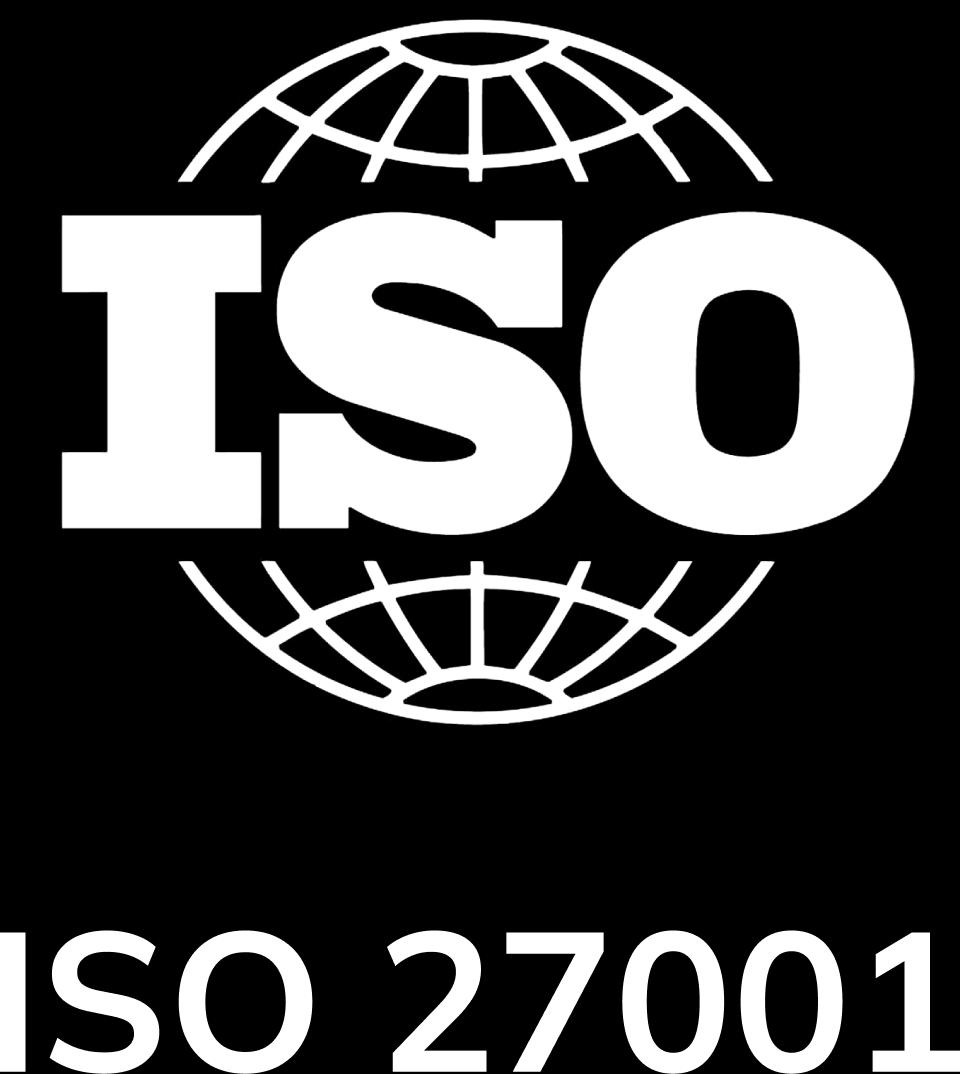
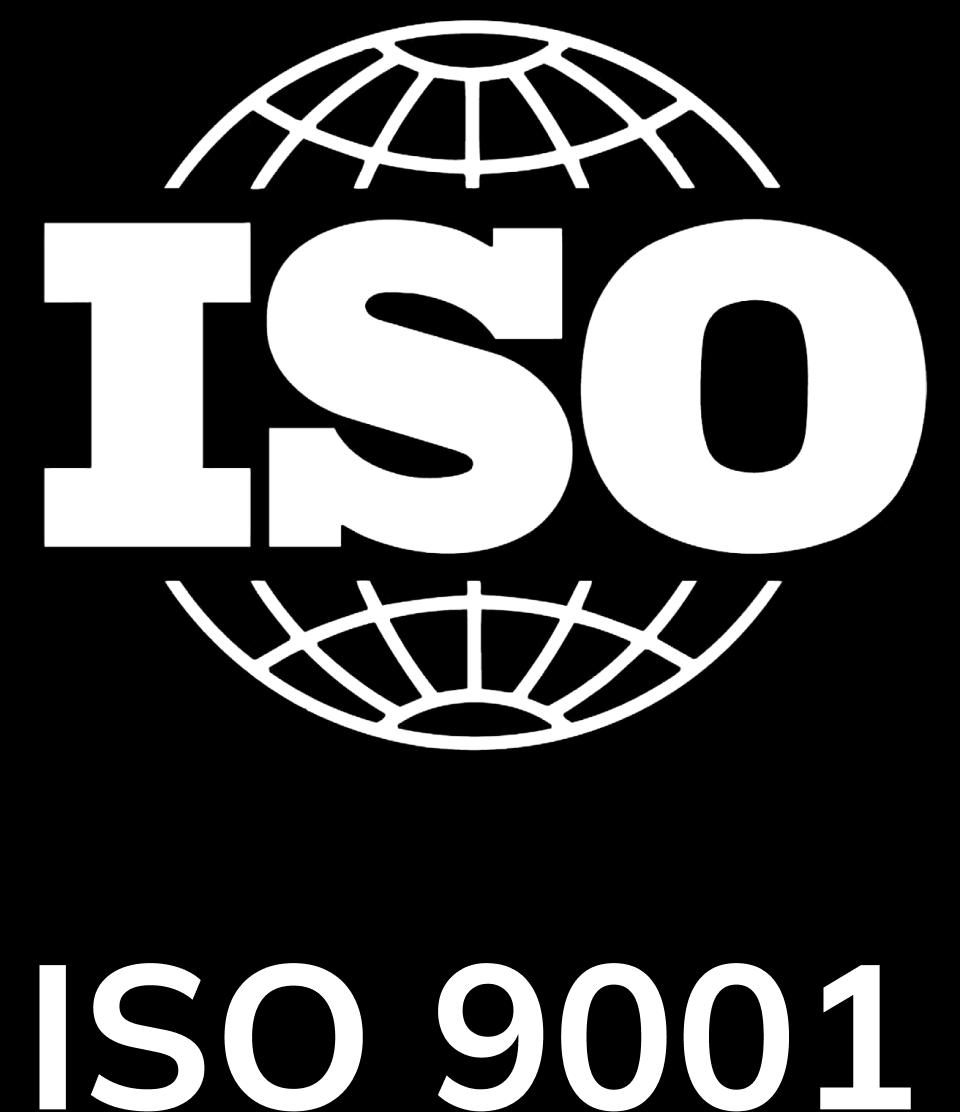
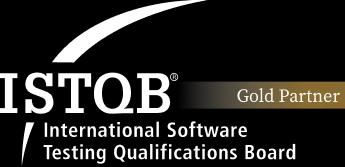
About Tokyo Tech Lab
Services and Solutions
Contact us
© 2023 Tokyo Tech Lab. All Rights Reserved.



